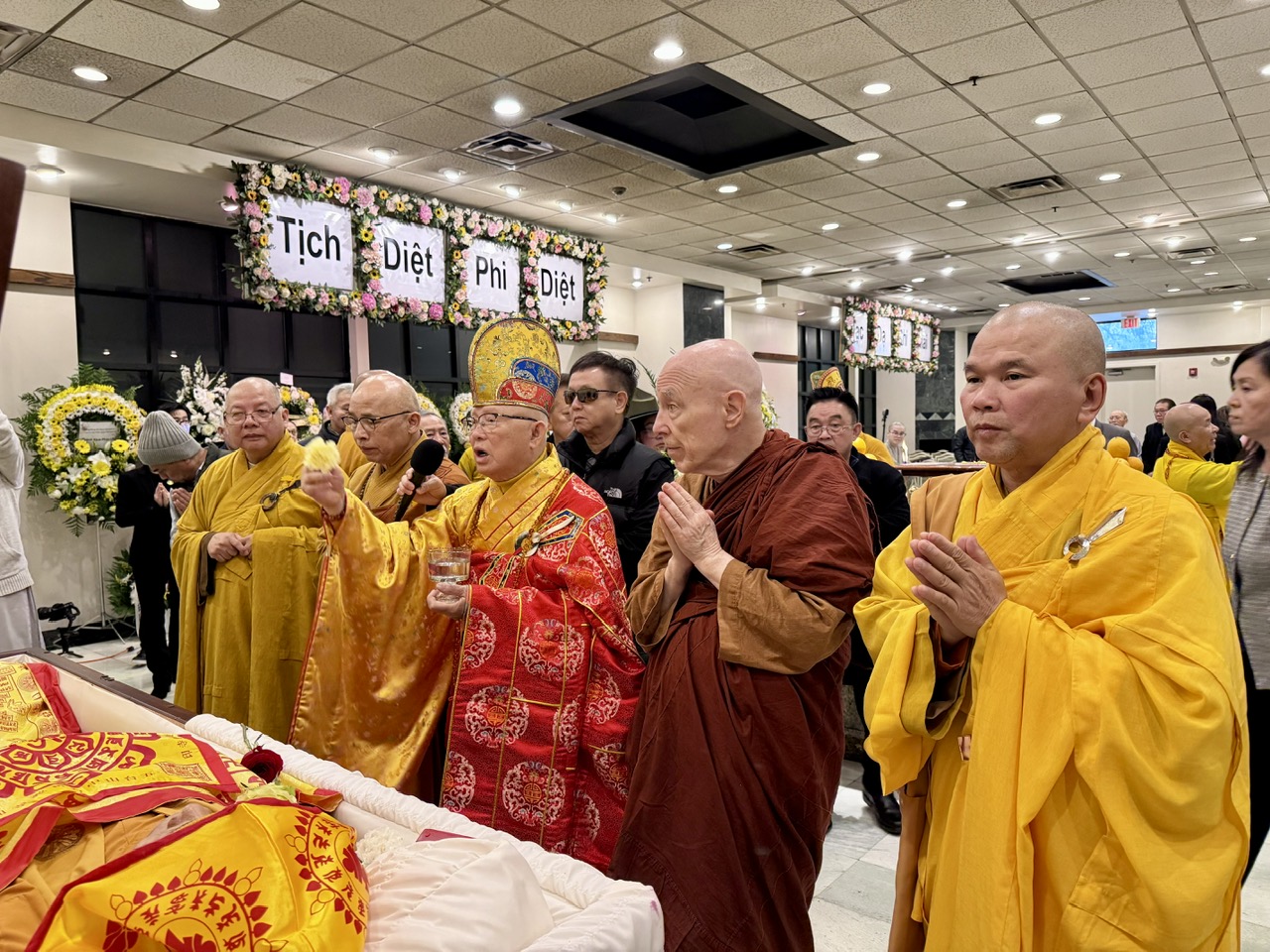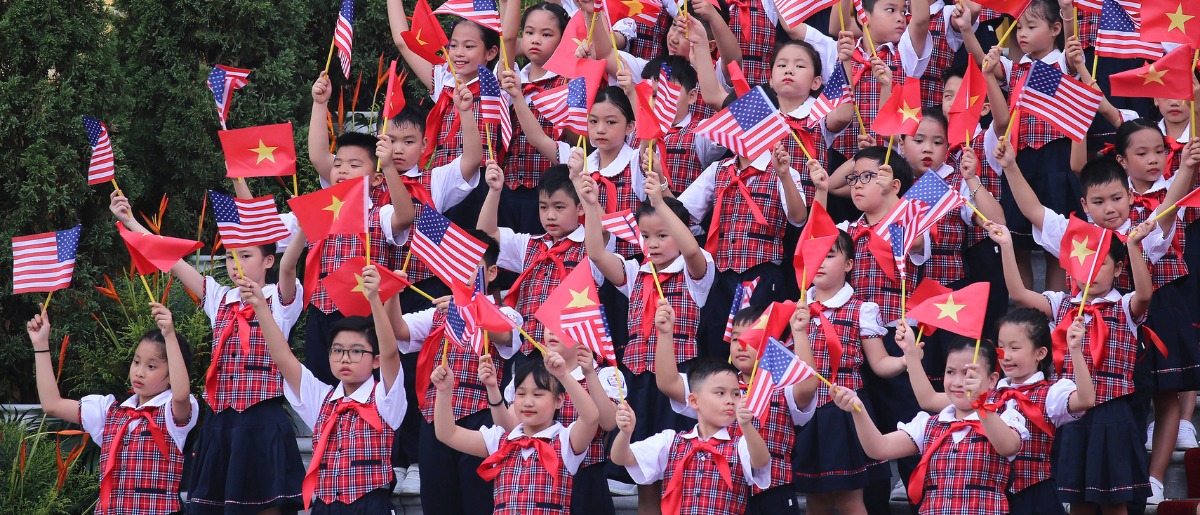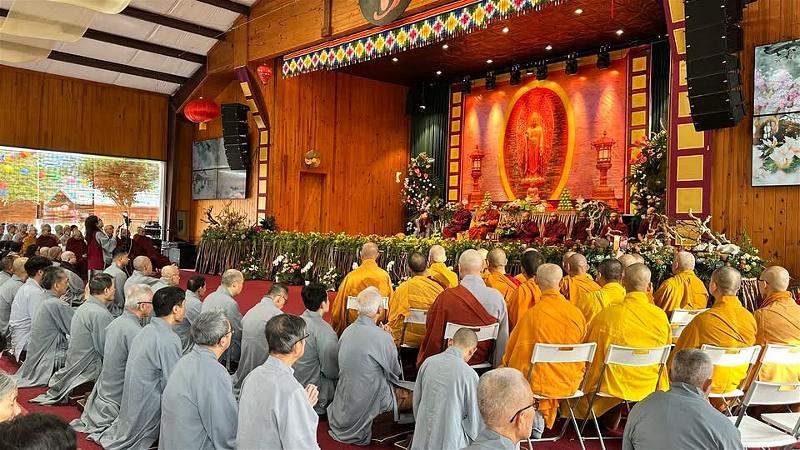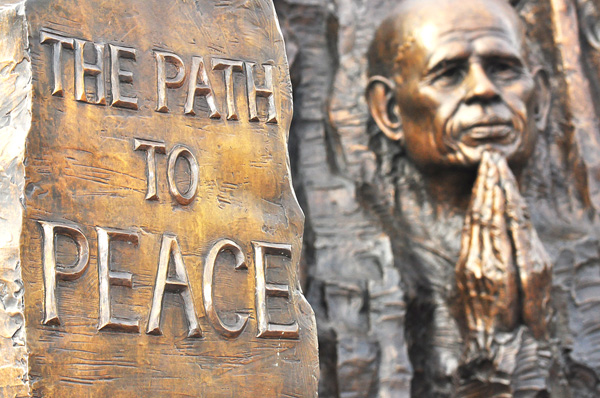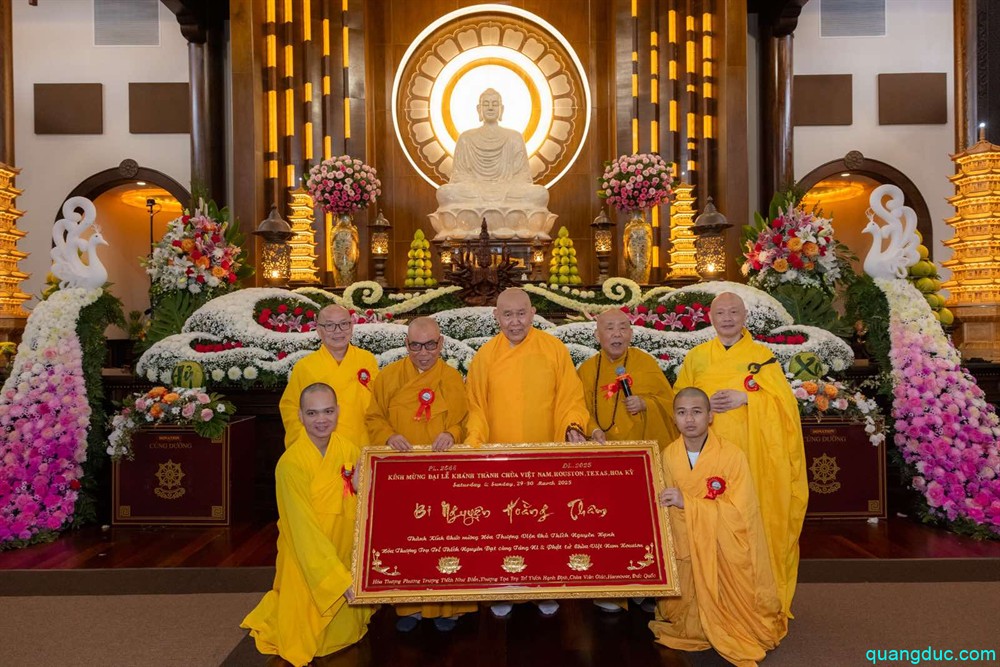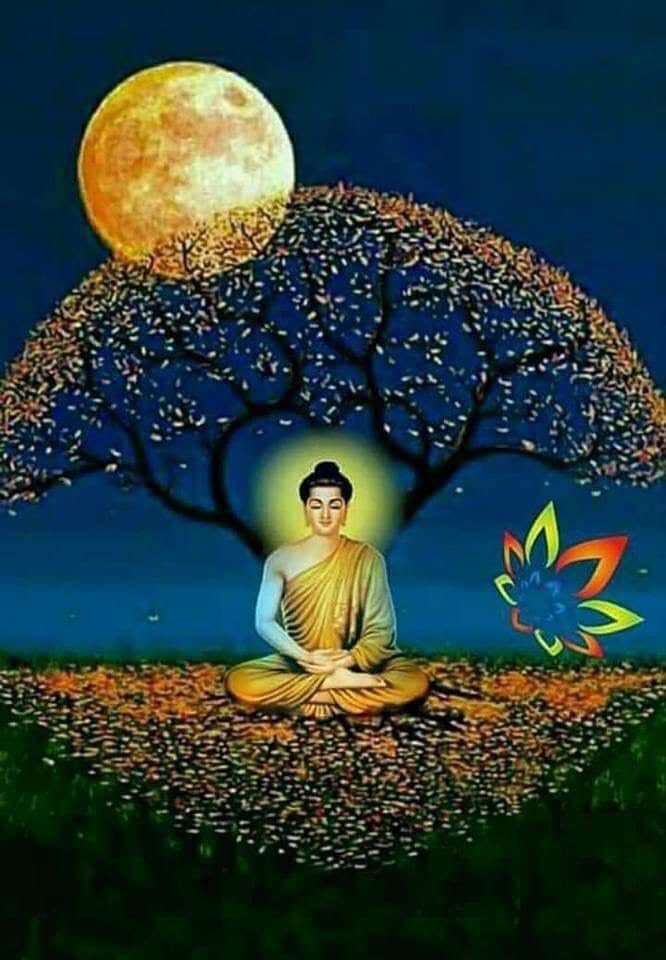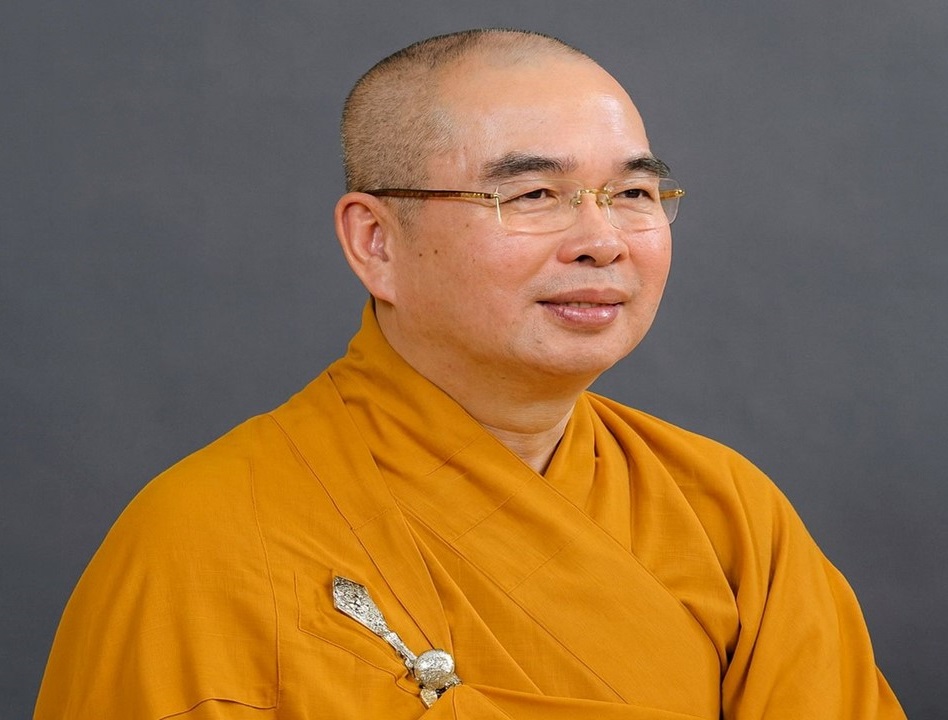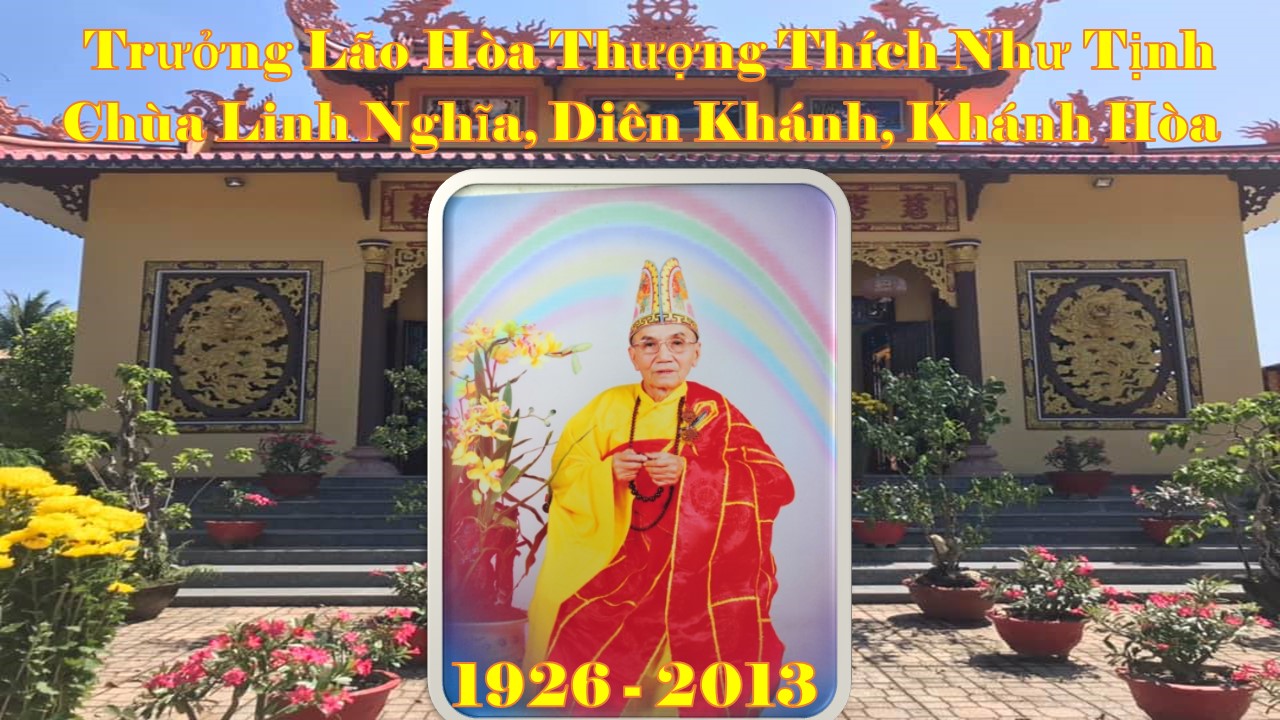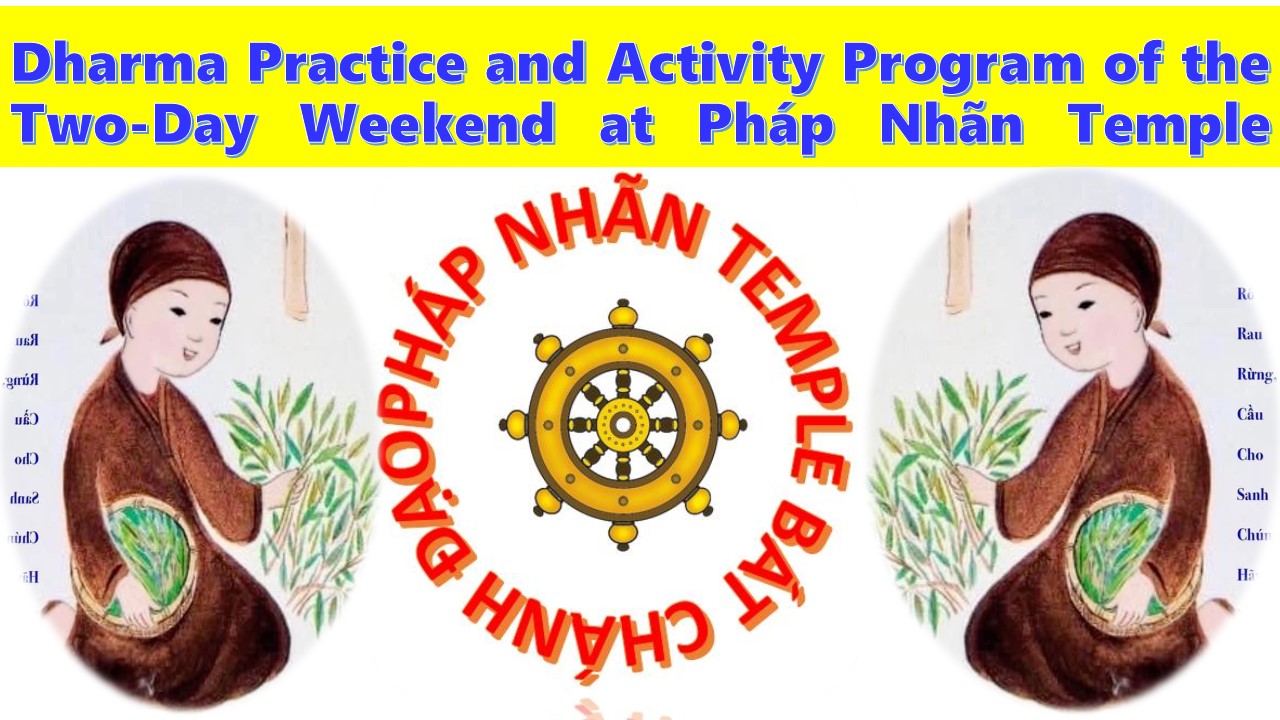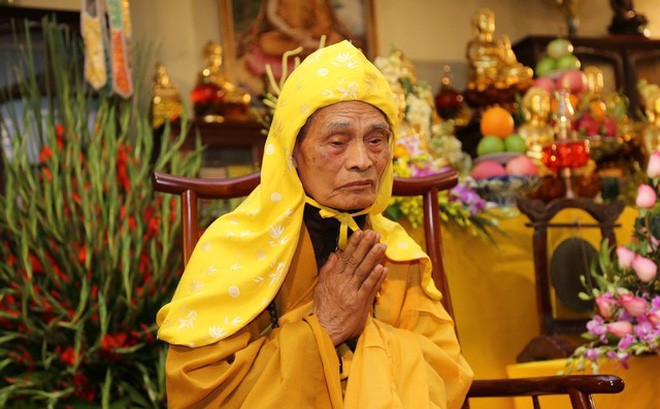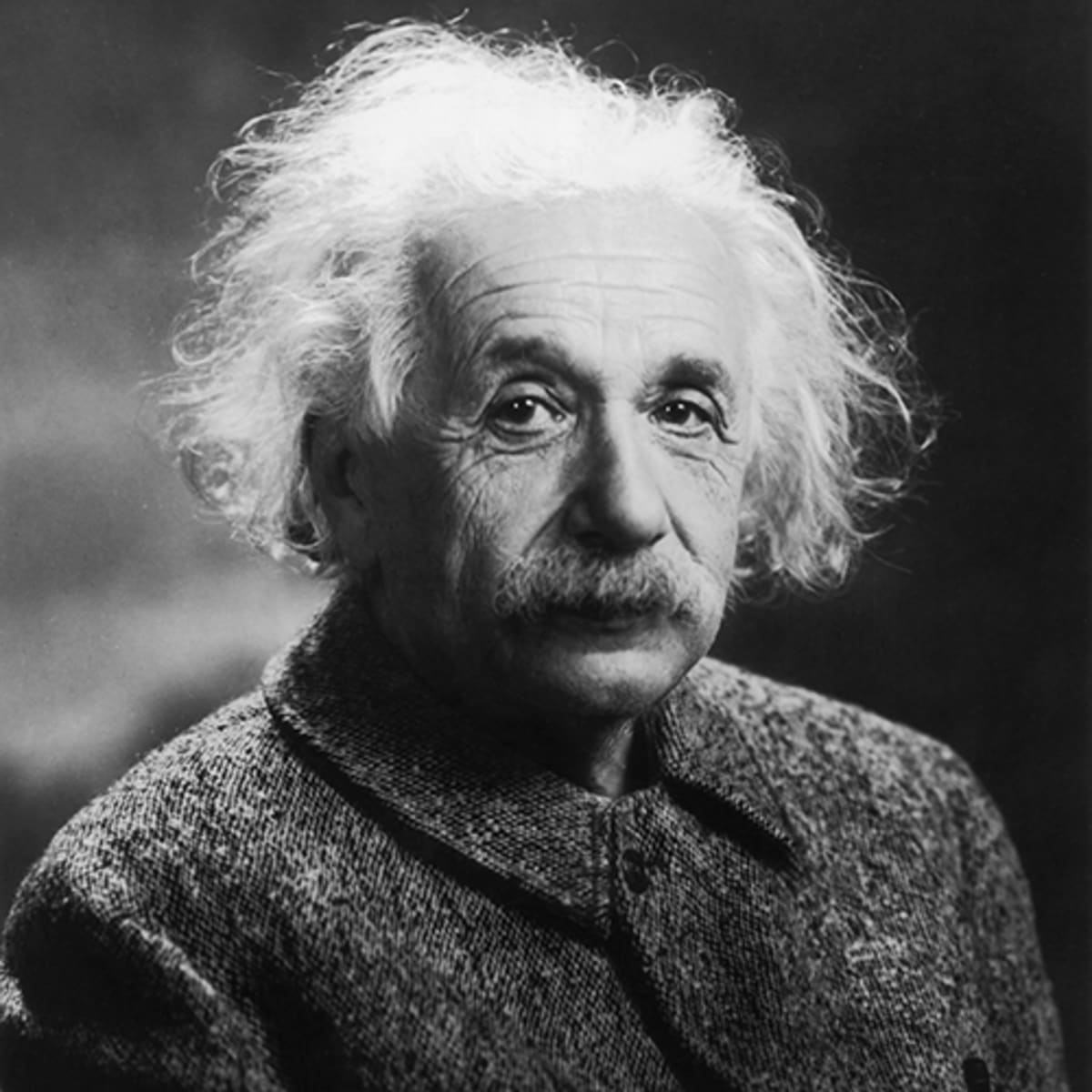Dharmacharya Andrew. J. Williams
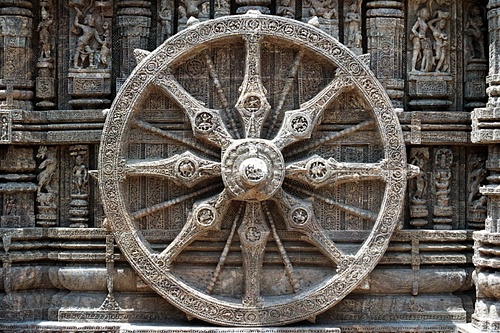
A BRIEF HISTORY OF BUDDHISM Part 15a –
CENTRAL & NORTHERN ASIA (Part 4) KOREA
●◆● ════ ◆◇◆════ ●◆●
KOREA:
“Buddhism was introduced to Korea around 372 CE, when Chinese ambassadors visited the Korean Kingdom of Goguryeo, bringing with them Buddhist scriptures and images. Buddhism prospered in Korea, in particular Seon (Chan or Zen) Buddhism, from the 7th Century onwards, and many great masters continued to propagate the Buddha-Dharma with great success for many centuries.
However, with the beginning of the Confucian Yi Dynasty of the Joseon period in 1392 CE, a strong discrimination took place against Buddhism until it was almost completely eradicated, except for the remaining Seon movement.
The oldest entire Mahayana Tripitaka (Three Collections), The Mahayana Buddhist Canon, written in classical Chinese characters, is housed at the Haeinsa Temple, known also as the Dharma Jewel Temple, in South Korea. Buddhism has continued to be practised in Korea since its introduction, with ebbs and flows in its popularity and freedom to practise. It is believed that again Buddhism is making a strong comeback in recent times.”
◆● ════ ◆◇◆════ ●◆●
~Dharmacharya Andrew. J. Williams~
A BRIEF HISTORY OF BUDDHISM Part 15b –
CENTRAL & NORTHERN ASIA (Part 4) JAPAN
●◆● ════ ◆◇◆════ ●◆●
JAPAN:
“Buddhism was introduced to Japan via the Three Kingdoms of Korea in the 6th Century CE. Later, the Chinese master Ganjin offered the system of Vinaya (Rules Of Conduct) to Japanese Buddhism in 754 CE. As a result, Japanese Buddhism developed rapidly. The Buddhist masters Saicho and Kukai succeeded in introducing new Buddhist Schools, Tendai and Shingon, from China in the 9th Century CE.
Being geographically at the end of the Silk Road, Japan was able to preserve many aspects of Buddhism at the very time it was disappearing in India, and being suppressed in Central Asia and China.
Buddhism quickly became the national religion and thrived, particularly under Prince Shotoku Taishi during the Asuka period (538-794 CE). From 710 CE, numerous temples and monasteries were built in the capital city of Nara, such as the Five-Story Pagoda and Golden Hall of the Horyu-ji Temple, and the Kofuku-ji Temple. Countless paintings and sculptures were made, often under governmental sponsorship. The creations of Japanese Buddhist art were especially rich between the 8th and 13th Centuries during the Nara period (710-794 CE), Heian period (794-1185 CE) and Kamakura period (1185-1333 CE).
During the Kamakura period, major reformation activities started, namely changing from ‘Buddhism for the imperial court’ to ‘Buddhism for the common people’. It appears that up to that time Buddhism mostly focused on the protection of the country, imperial house or noble families from evil, and the liberation of the imperial families, nobles and monks themselves (self-liberation).
On the other hand, new schools such as Jodo Shu (Pure Land sect) founded by Master Honen and Jodo Shinshu (True Pure Land sect) founded by Master Shinran, Master Honen’s disciple, emphasised the liberation of sinners, common men and women, and even criminals such as murderers. Master Shinran taught the commoners that reciting Nembutsu (the recitation of Amitabha Buddha’s name) is a declaration of faith in Amitabha’s ability to liberate them.
Also for the first time in the history of Buddhism, Master Shinran started a new sect allowing the marriage of monks, by initiating his own marriage, which at the time was deemed as taboo from the conservative traditional Buddhist point of view.
Another development in the Kamakura period was Zen Buddhism, after its introduction by Master Dogen and Master Eisai upon their return from China. Zen is highly philosophical with simplified words reflecting deep thought. Zen’s art history, is mainly characterised by so-called Zen art, original paintings such as ink wash and the enso (circular shape), and poetry, especially Haikus and Koans, which strive to express the true essence of the world through impressionistic and unadorned non-dualistic representations.
The search for Enlightenment in this very moment also led to the development of other important derivative arts such as the Chanoyu tea ceremony and the Ikebana art of flower arrangement. This evolution went as far as considering almost any human activity as an art-form with a strong spiritual and aesthetic content, including activities that related to the martial arts.
Buddhism remains active in Japan to this day. Around 80,000 Buddhist temples are preserved and regularly restored.”
●◆● ════ ◆◇◆════ ●◆●
~Dharmacharya Andrew. J. Williams~
A BRIEF HISTORY OF BUDDHISM Part 15c –
CENTRAL & NORTHERN ASIA (Part 4) TIBET
●◆● ════ ◆◇◆════ ●◆●
TIBET:
“Buddhism arrived quite late in Tibet, during the 7th Century. The form that predominated, via the south of Tibet, was a blend of Mahayana and Vajrayana from the universities of the Pala Empire of the Bengal region in Eastern India.
Sarvastivadin influence came from the southwest (Kashmir) and the northwest (Khotan). Although these practitioners did not succeed in maintaining a presence in Tibet, their texts found their way into the Tibetan Buddhist Canon, providing the Tibetans with almost all of their primary sources about the Foundation Vehicle. A sub-sect of this school, Mulasarvastivāda was the source of the Tibetan Vinaya (Rules Of Conduct). Chan Buddhism was introduced via East Tibet from China and left its impression, but was rendered of lesser importance by early political events.
From the outset Buddhism was opposed by the native shamanistic Bon religion, which had the support of the aristocracy, but with royal patronage it thrived to a peak under King Ralpachan (817-836 CE). Terminology in translation was standardised around 825 CE, enabling a translation methodology that was highly literal.
Despite a reversal in Buddhist influence which began under King Langdarma (836-842 CE), the following centuries saw a colossal effort in collecting available Indian sources, many of which are now extant only in the Tibetan translation.
Tibetan Buddhism was favoured above other religions by the rulers of the imperial Chinese and the Mongol Yuan Dynasty (1271–1368 CE).
Of the many great Buddhist masters of Tibet throughout history, perhaps the most well-known is Padmasambava, who came to Tibet from India around 767 CE and established the Nyingma tradition. He introduced Vajrayana Buddhism to Tibet and composed many texts.
The main Buddhist traditions of Tibet are Nyingma, Kagyu, Sakya, Gelug and Jonang. His Holiness The Dalai Lama is the head of the Gelug tradition. There is also another movement that includes all traditions called Rime (Non-Bias).
Buddhism has continued to be practised in Tibet since its introduction, with ebbs and flows in its popularity and freedom to practise.”
◆● ════ ◆◇◆════ ●◆●
~Dharmacharya Andrew. J. Williams~
A BRIEF HISTORY OF BUDDHISM Part 16 – SOUTHEAST ASIA
●◆● ════ ◆◇◆════ ●◆●
“During the 1st Century CE, the trade on the overland Silk Road became somewhat restricted due to the rise in the Middle-East of the Parthian Empire, an unvanquished enemy of Rome, just as Romans were becoming extremely wealthy and their demand for Asian luxury was rising.
This demand revived the sea connections between the Mediterranean and China, with India as the intermediary of choice. From that time, through trade connection, commercial settlements, and even political interventions, India started to strongly influence most Southeast Asian countries. Trade routes linked India with Southern Burma, Central and Southern Siam (Thailand), the islands of Sumatra and Java in Indonesia, lower Cambodia and Champa, and numerous urbanised coastal settlements were established there.
For more than a thousand years, Indian influence was therefore the major factor that brought a certain level of cultural unity to the various countries of the region. The Pali and Sanskrit languages, and the Indian script, together with Theravada and Mahayana Buddhism, Brahmanism, and Hinduism, were transmitted from direct contact and through sacred texts and Indian literature.
From the 5th to the 13th Centuries, South-East Asia had very powerful empires and became extremely active in Buddhist architectural and artistic creation. The main Buddhist influence now came directly by sea from the Indian Subcontinent, with these empires essentially following the Mahayana tradition. The Sri Vijaya Empire to the south and the Khmer Empire to the north competed for influence, and their art expressed the rich Mahayana pantheon of the Bodhisattva’s.”
●◆● ════ ◆◇◆════ ●◆●
~Dharmacharya Andrew. J. Williams~


